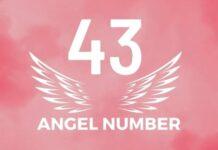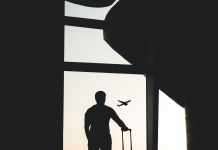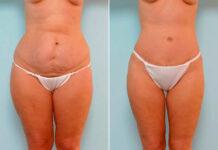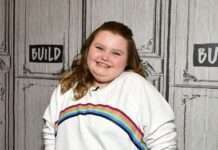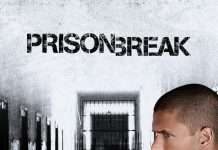A cutting diet is a perfect recipe for losing weight fast. Many athletes and bodybuilders use it to stay lean and in good shape. If you also want to lose weight and get a physique like your favorite athletes, following a cutting diet can help.
Here is a quick overview of the cutting diet and how you can follow it to lose weight fast.
Table of Contents
Cutting Diet: An Overview
A cutting diet is a diet that focuses on reducing body fat while keeping the muscle mass intact. A cutting diet is different from a traditional weight loss diet. In a cutting diet, you need to consume high amounts of protein and carbs and accompany it with weightlifting. Lifting regular weights enables muscle growth while consuming protein stops muscle loss.
A cutting diet isn’t a regular diet, and you shouldn’t follow it for years. It’s a short-tenure diet that lasts for 2-4 months, depending on your weight loss and muscle gain objectives. For instance, if you’re an athlete who needs to prepare for an upcoming competition, you can follow this diet.
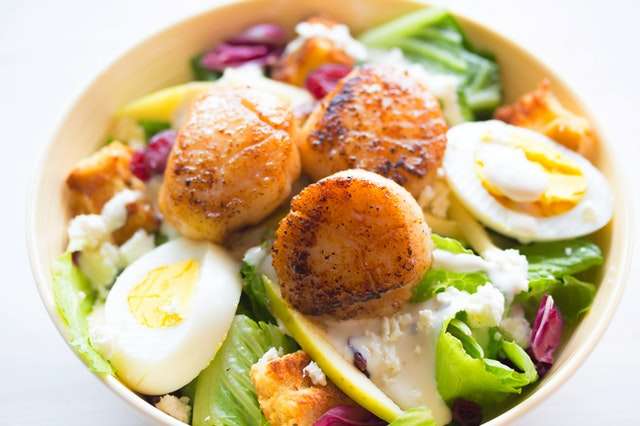
Following a Cutting Diet: A Step-by-Step Process
Now that we have discussed what a cutting diet is and how it works, let’s talk about how you can follow it. Let’s look at the right procedure for following this diet.
Determine Your Intake
First things first, you need to determine your intake. This includes the calories, fat, and carb you consume.
For instance, a healthy man needs to consume around 2,500 calories to maintain his weight and less than 2,000 calories to lose 1 pound in a week. For women, the calories reduce to 2,000 and 1,500, respectively.
If you want to lose weight, you need to eat in a calorie deficit. However, avoid a large deficit, as it can increase the risk of losing muscle.
If you reduce calorie intake, you need to increase your protein intake to maintain muscle mass. The amount of protein you consume depends on your body weight. Ideally, you should consume 0.7-09 grams of protein per 1 pound of body weight.
Fat is also crucial in a cutting diet, as it facilitates hormone production and also boosts energy levels. Experts say that 15-30% of your calories should be in the form of fat. So, if you consume 2,000 calories in a day, 300-600 calories should come from fat.
Get the Meal Timing Right
The timing of your meal plays a critical role in the effectiveness of the cutting diet. However, meal timing is more important for muscle growth and less important for weight loss. It’s best to eat twice or thrice a day with at least 4-5 hours of gap. Also, avoid eating within the first hour of waking up and the last hour before going to sleep.
Embrace Fiber-Rich Foods
Foods with fiber have many benefits. Fiber is rich in nutrients, so you get the needed nourishment. Moreover, fiber helps you stay full for longer. If you want to eat in a calorie deficit, fiber-rich foods can help as you won’t feel hungry quickly. Some great sources of fiber are non-starchy vegetables and foods made from whole grains.
Drink A Lot of Water
Drinking plenty of water and staying hydrated have two major benefits. One, it cribs your appetite and helps you stay full for longer. Second, it boosts your metabolism and improves digestion. Drinking water also aids in weight loss.
Take Carbs in Moderation
Carbs are a great source of calories. For that reason, you should take carbs in moderation, as too many carbs can lead to fat accumulation. While some healthy carbs are essential and you should eat them, you should avoid liquid carbs at all costs. These include soft drinks, energy drinks, fruit juices, and other sugary drinks. These drinks have enormous amounts of added sugar, which can cause weight gain and increase the risk of conditions like type 2 diabetes.
Add Cardio to Your Training
If you want to accelerate your weight loss, start doing cardio. Though you can do cardio as a standalone workout, its effectiveness increases multifold when combined with weight lifting and aerobic exercises
Some Foods to Eat and Avoid in the Cutting Diet
Once you’ve understood the nitty-gritty of the cutting diet, you need to choose the right foods to eat. At the same time, you need to know which foods to avoid.
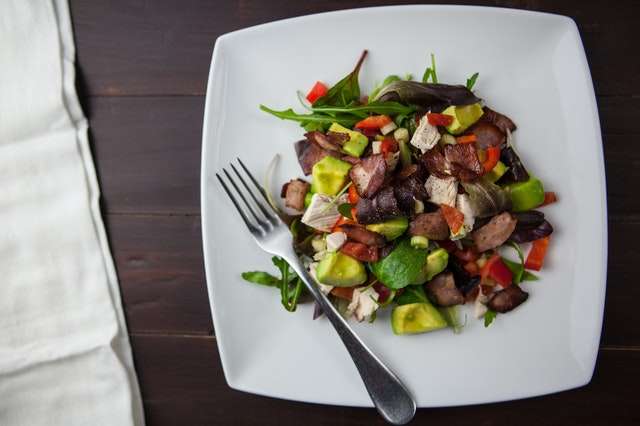
Let’s first look at the foods you should eat:
- Fish, meat, and poultry
- Grains
- Fruits and vegetables
- Beans and legumes
- Nuts and seeds
- Healthy oils
Here are some foods you should entirely avoid:
- Alcohol (you can drink some wines that are good for the heart)
- Deep-fried foods
- Added sugars
That said, there are certain foods that are not unhealthy, but you should avoid them before you hit the gym. It’s because these foods can slow down your digestion. These foods include:
- High-fat foods, like buttery dishes, heavy sauces, and fatty meats
- Carbonated beverages, like diet soft drinks and carbonated water
- High fiber foods like cruciferous vegetables and beans
What About Cheat Meals in a Cutting Diet?
Cheat meals are occasional meals that go against your cutting diet. For example, let’s say a cheeseburger with fries and coke is your favorite meal, but you’re avoiding it because you’re on a cutting diet.
It’s alright to have cheat meals once in a while. You’ll gain a few extra calories, but they’ll be balanced out after you work out and eat clean for the next few days. Cheat meals can also help you avoid a burnout you may get after eating the same food for days.
That said, cheat meals are entirely optional. If you think you’re doing well without cheat meals or refeed days, avoid them and continue with your cutting diet
Wrap Up: Cutting Diet
A cutting diet is all about cutting down your calories to lose weight and gain muscle. The diet focuses on reducing carb intake and increasing protein intake, along with working out regularly. When you eat in a calorie deficit, you lose weight, and when you take protein, you maintain muscle mass. This way, you can shed some pounds and maintain or grow your muscles.








